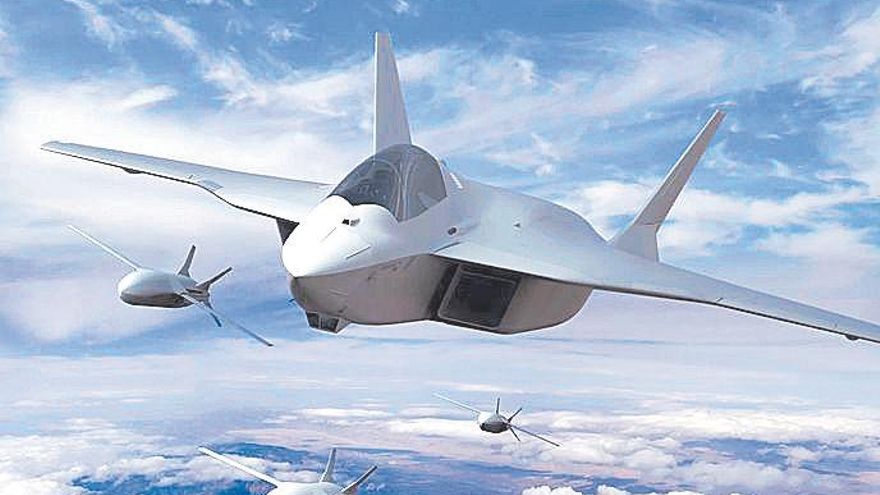Canary Islands Face Delay in Eurofighter Deployment
The Canary Islands will have to wait longer than anticipated to receive their new Eurofighter jets. Despite the €2 billion Halcón program designed to replace the aging F-18s stationed at Gando Air Base’s Ala 46, Spain’s Ministry of Defense has reshuffled delivery priorities. The first jet will now land in Albacete, not the archipelago, as confirmed by Defense Minister Margarita Robles during a recent visit to Los Llanos Air Base.
A Shift in Plans for Gando
The news comes as a disappointment for the Canary Islands, which had expected to lead this modernization effort due to their geostrategic importance. Originally, the program included 20 Eurofighters—16 single-seat and 4 twin-seat models—to gradually replace Gran Canaria’s F-18 fleet. Preparations at Gando are already underway, with pilots and technicians from the 462nd Squadron training to operate the advanced aircraft. However, the first Eurofighter will now go to Albacete’s Ala 14, a unit with prior experience on the platform, enabling a faster transition.
Bridging the Gap with Older Models
To maintain defensive readiness, the Canary Islands will temporarily receive older Eurofighters (Tranche 2) from Albacete while awaiting their new jets, expected from 2028 onward. Airbus, the manufacturer, confirms the first delivery is scheduled for 2026, but logistical and training requirements push the Canaries’ full deployment back by two years. This delay underscores the challenges of integrating cutting-edge technology, from hangar upgrades to revised operational protocols.
Eurofighter: A Technological Leap
The Eurofighter represents a significant advancement—faster, more versatile, and equipped with advanced detection systems and weaponry. While not stealth-capable, its electronic radar scanning reduces mechanical wear and maintenance costs. For Spain, the expansion will make it the world’s third-largest Eurofighter operator, behind Germany and the UK, with 69 active units growing to 115 by 2035.
Broader Implications for Spanish Defense
The reshuffle coincides with Spain’s decision to prioritize European defense projects, notably rejecting the U.S.-made F-35 in favor of the Eurofighter and the future FCAS program (a sixth-generation European air combat system). This move aligns with EU strategic autonomy goals but leaves the Navy without a clear replacement for its retiring Harrier jets by 2030. Amid geopolitical tensions and U.S. pressure to increase defense spending, Spain’s choice reflects a commitment to European industrial sovereignty.
Gando’s Role in a Changing Defense Landscape
For now, the Canary Islands must wait as Albacete leads the transition. Yet Gando’s ongoing upgrades signal the archipelago’s evolving role in national defense—a strategic hub in an increasingly complex global arena. While the delay is symbolic of broader logistical challenges, the commitment to modernizing the islands’ capabilities remains firm.

